Choosing the right siding for your home is one of the biggest exterior investments you’ll ever make. It not only defines the curb appeal but also affects insulation, maintenance, and resale value. Yet, many homeowners rush the process or overlook key factors, leading to costly regrets later. Whether you’re upgrading an old home or building from scratch, avoiding these common mistakes can save you from unnecessary expenses and long-term frustration.
1. Ignoring Climate Compatibility
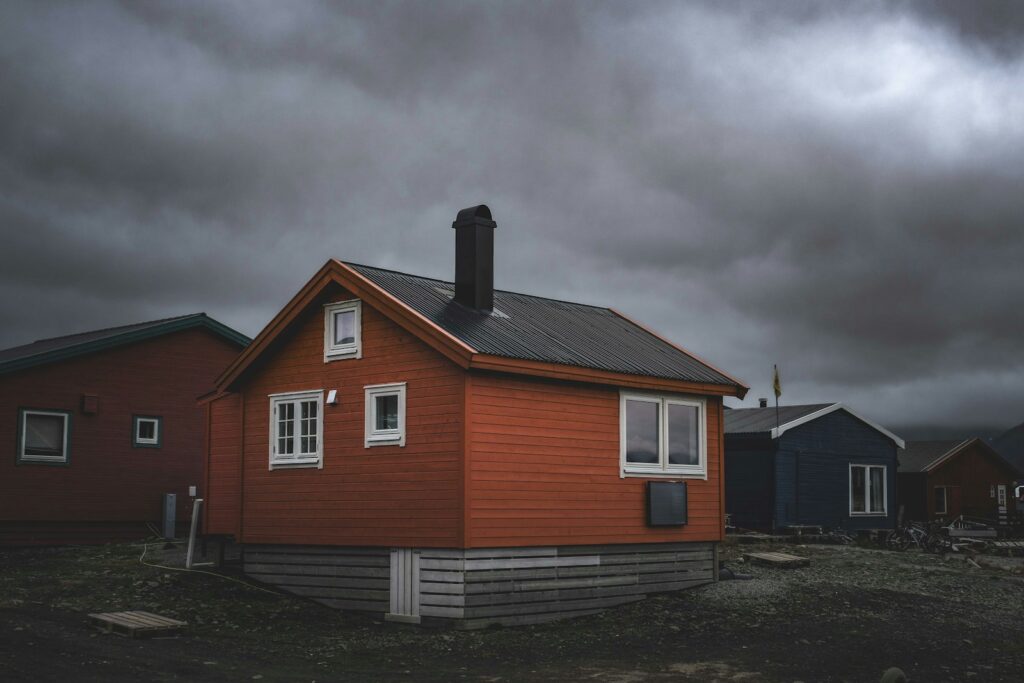
One of the biggest mistakes buyers make is choosing siding based solely on appearance without considering the local climate. Each material, vinyl, fiber cement, wood, or metal, reacts differently to heat, humidity, and frost. For example, wood may warp in moist regions, while metal can fade in strong sunlight. Before committing, assess your weather conditions and choose materials that can handle the elements year-round. Proper climate alignment ensures both longevity and minimal maintenance.
2. Overlooking Energy Efficiency
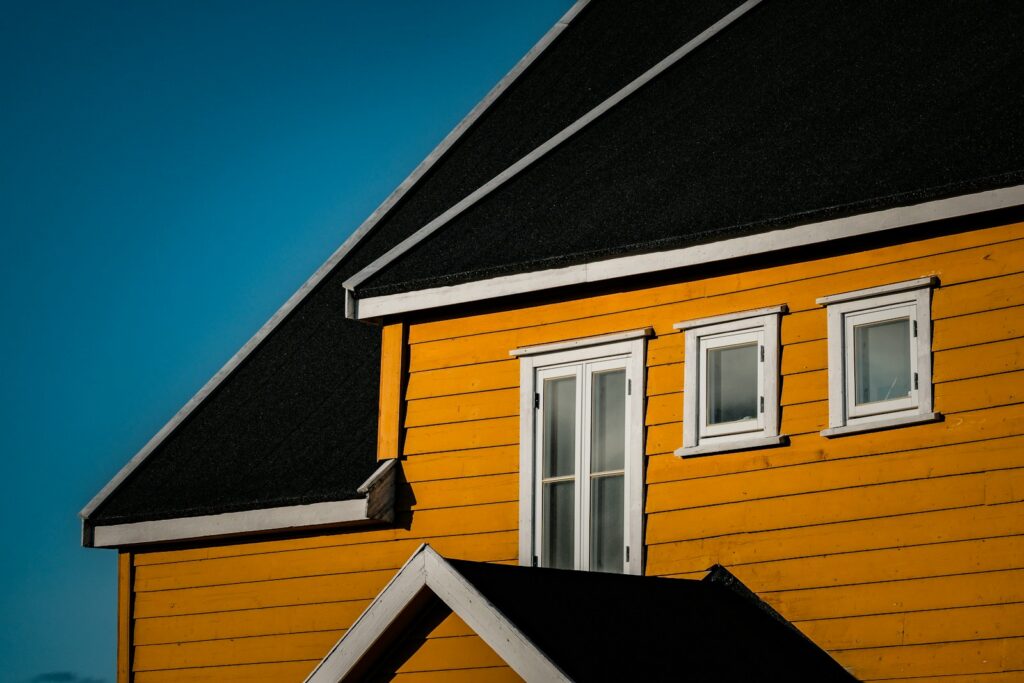
Many homeowners underestimate how siding contributes to a home’s energy performance. Poorly insulated siding lets heat escape in winter and traps it during summer, causing energy bills to spike. Insulated vinyl or fiber cement siding can create a thermal barrier that improves indoor comfort. It’s wise to check the R-value, which measures insulation effectiveness. Investing in energy-efficient siding pays off through reduced heating and cooling costs over time.
3. Focusing Only on Price
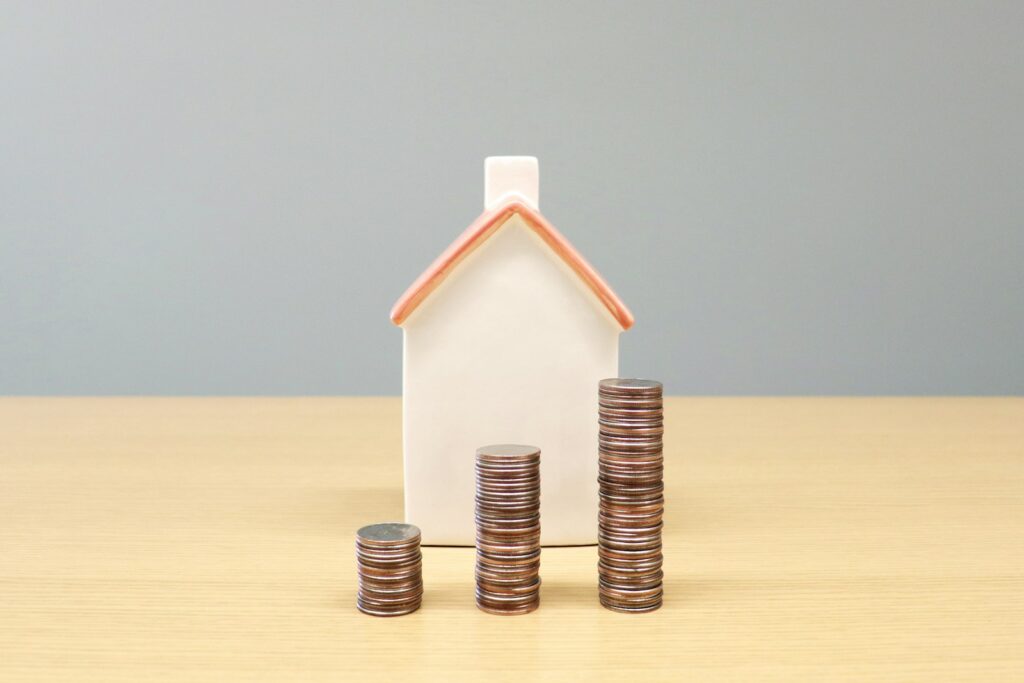
It’s tempting to choose the cheapest siding option to cut costs, but a low price often equals low durability. Bargain materials may crack, fade, or deteriorate quickly, leading to expensive replacements. Instead of focusing solely on upfront costs, evaluate long-term value, how well it performs over decades, how much maintenance it requires, and how it affects resale potential. A slightly higher investment in quality siding can save you significant money in the long run.
4. Neglecting Professional Installation
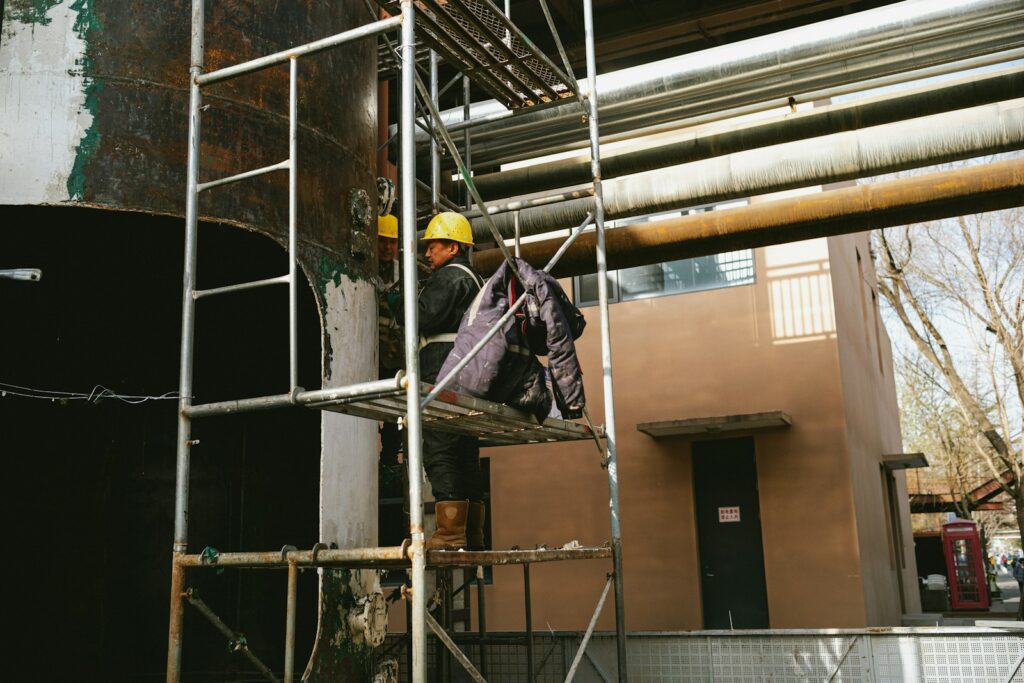
Even premium siding will fail if installed incorrectly. Some homeowners try to save money with DIY projects or hire unqualified installers. Poor alignment, gaps, or improper sealing can lead to moisture damage and structural issues. Always hire certified professionals experienced in your chosen siding type. Ask for references, proof of insurance, and warranties. A proper installation ensures your siding performs efficiently and lasts as long as the manufacturer intended.
5. Forgetting About Maintenance Requirements
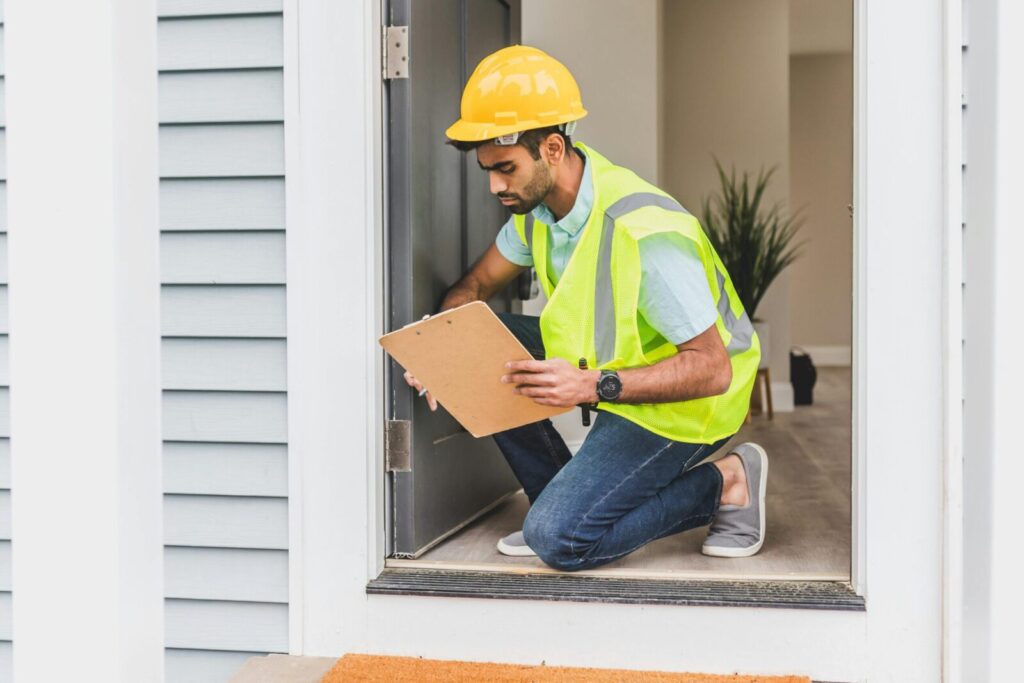
Not all siding types are maintenance-free. Wood siding, for instance, needs periodic staining or sealing to prevent rot and insect damage. Vinyl may only need occasional cleaning, while fiber cement requires repainting every few years. Many homeowners skip researching upkeep demands and later feel overwhelmed by the effort or cost. Understanding what your siding needs in advance helps you plan maintenance schedules and avoid unexpected deterioration.
6. Ignoring Color and Design Longevity
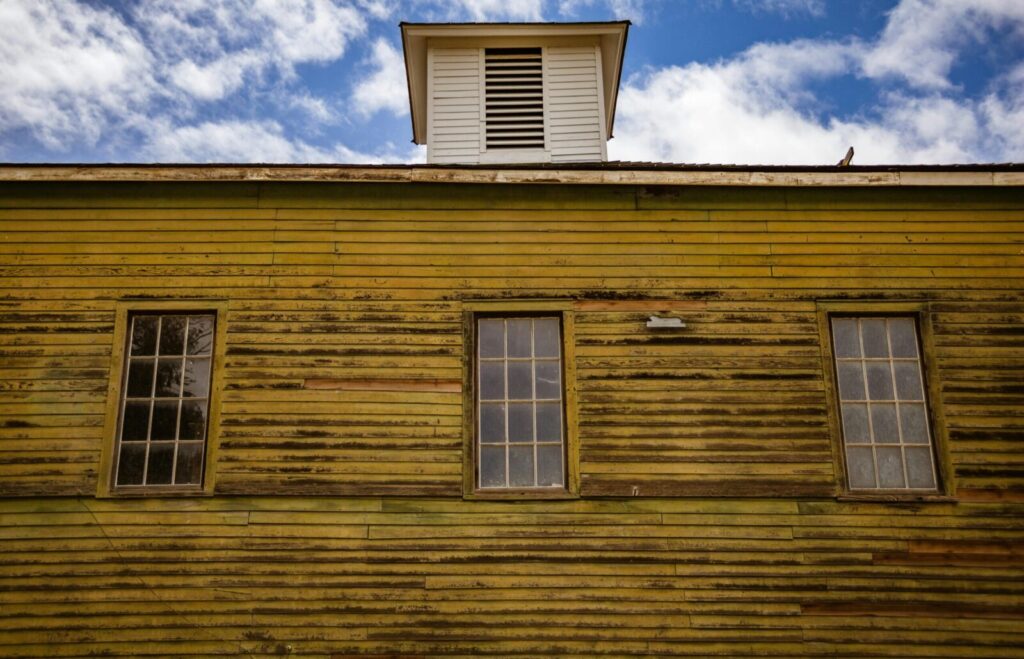
A trendy color might look perfect now, but could quickly go out of style or fade under UV exposure. Homeowners often choose siding colors without considering how they’ll age or complement the roof, trim, and landscape. Opt for timeless shades and finishes that enhance curb appeal for years to come. UV-resistant coatings are worth considering, as they preserve color vibrancy and protect your investment from premature fading or discoloration.
7. Not Checking Warranty Coverage

Many people forget to read the fine print on siding warranties. Some cover only material defects, while others include installation and weather-related damage. Overlooking these details can leave you without protection if something goes wrong. Always confirm what’s covered, how long it lasts, and what voids the warranty. Choosing siding with comprehensive coverage and a reputable manufacturer gives you peace of mind and financial security for years ahead.
8. Underestimating Moisture Control
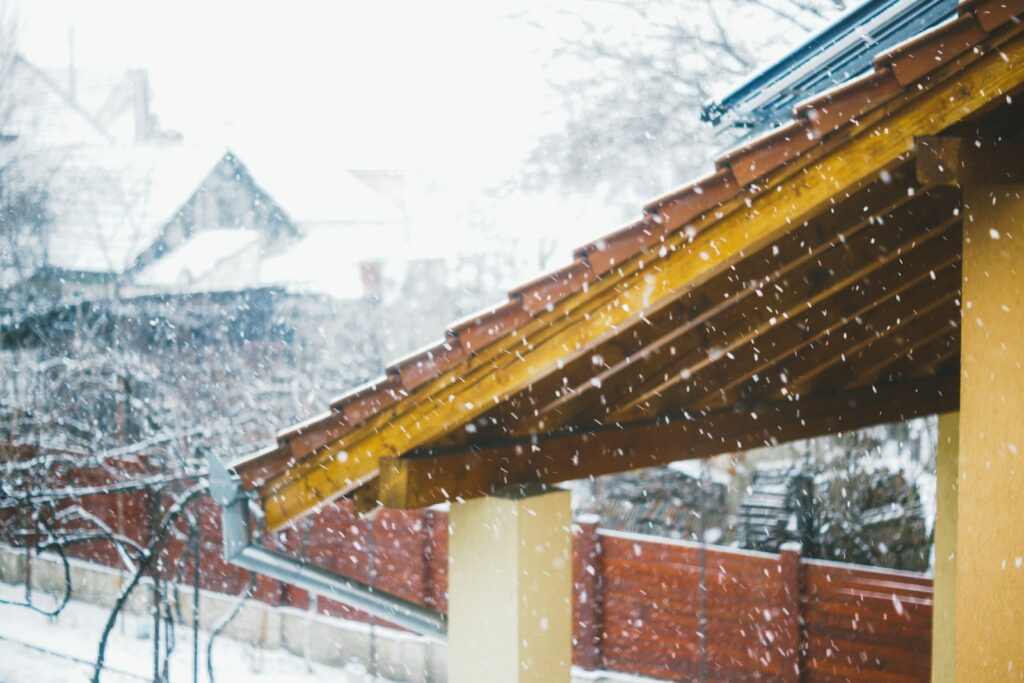
Moisture is one of siding’s biggest enemies. Without proper vapor barriers or drainage systems, trapped moisture can lead to mold, mildew, and rot. Many homeowners assume the siding itself is waterproof, which isn’t always true. Ask your contractor about water management systems, flashing, and ventilation. Investing in proper moisture protection prevents costly structural damage and ensures the interior of your home stays dry and healthy over time.
9. Disregarding Local Building Codes
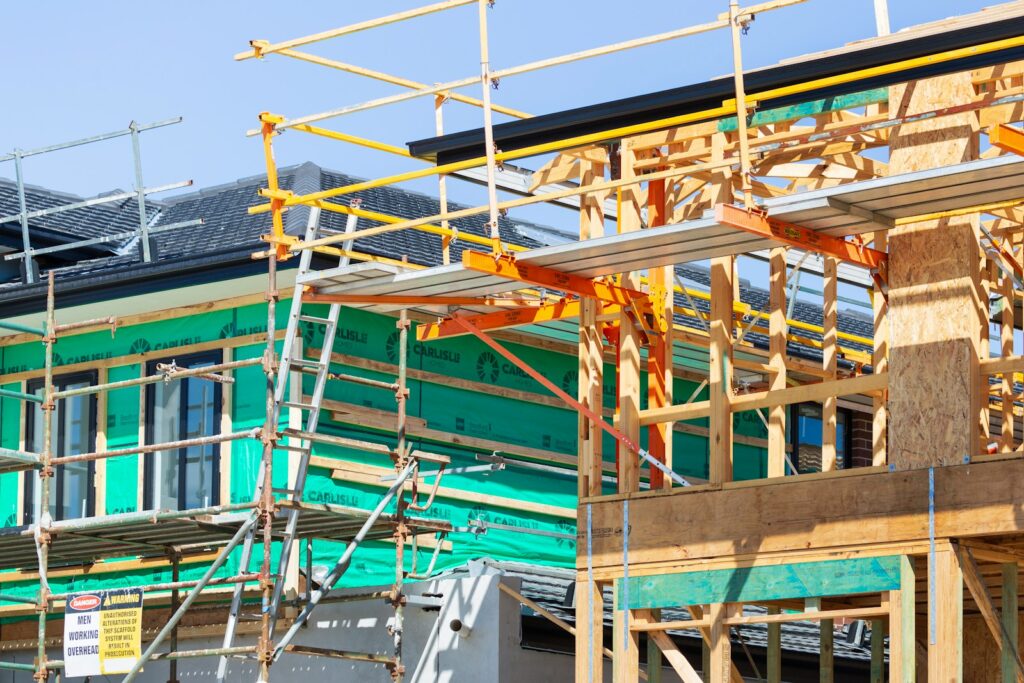
Every region has specific building codes regulating exterior materials, fire resistance, and installation methods. Ignoring these rules can delay your project or result in fines. Some neighborhoods even have HOA guidelines on siding color or style. Before purchasing, check with local authorities or your homeowners’ association to ensure compliance. Adhering to local standards not only avoids legal trouble but also preserves community harmony and property value.
10. Skipping a Full Home Assessment
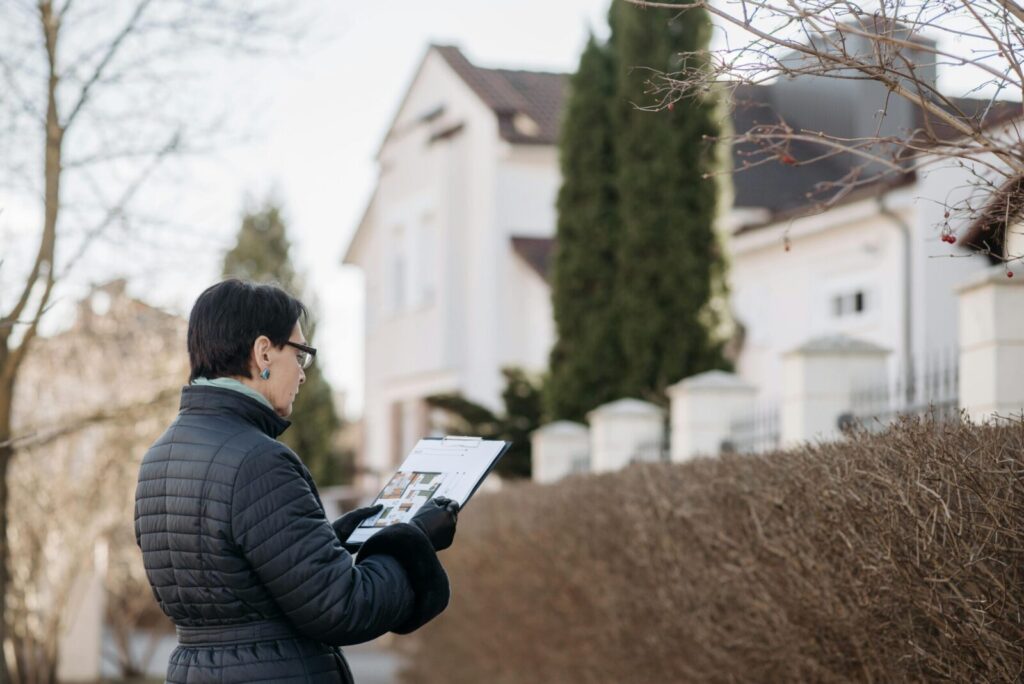
Before buying new siding, it’s essential to inspect your home’s exterior structure. Hidden damage, like water leaks or wood rot, can worsen beneath fresh siding if not addressed. Many homeowners make the mistake of covering up problems instead of fixing them first. Conducting a professional assessment ensures the foundation is sound and the new siding performs as intended. Proper preparation leads to a smoother installation and longer-lasting results.
Comments